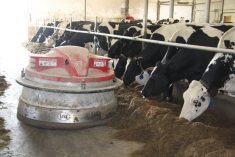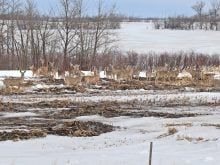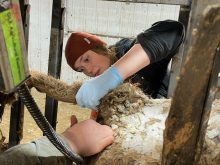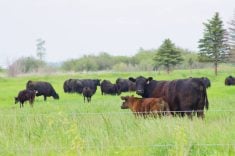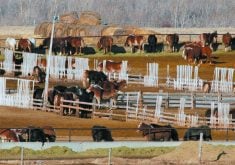Many producers have finished or will soon finish pregnancy testing their cattle herds this fall. Anecdotally, it seems pregnancy rates are improved compared to the last few years, when many areas were affected by drought, and poor-quality feed affected body condition and pregnancy rates.
This year it seems many herds have returned to normal levels of open rates.
However, every now and then our disease investigation unit will receive a message from a local veterinarian about a herd with an unexpectedly high open rate. Obviously, there is nothing that we can do at that stage to fix the problem, but usually the producer and the veterinarian are anxious to discover the cause so it doesn’t happen again.
Read Also
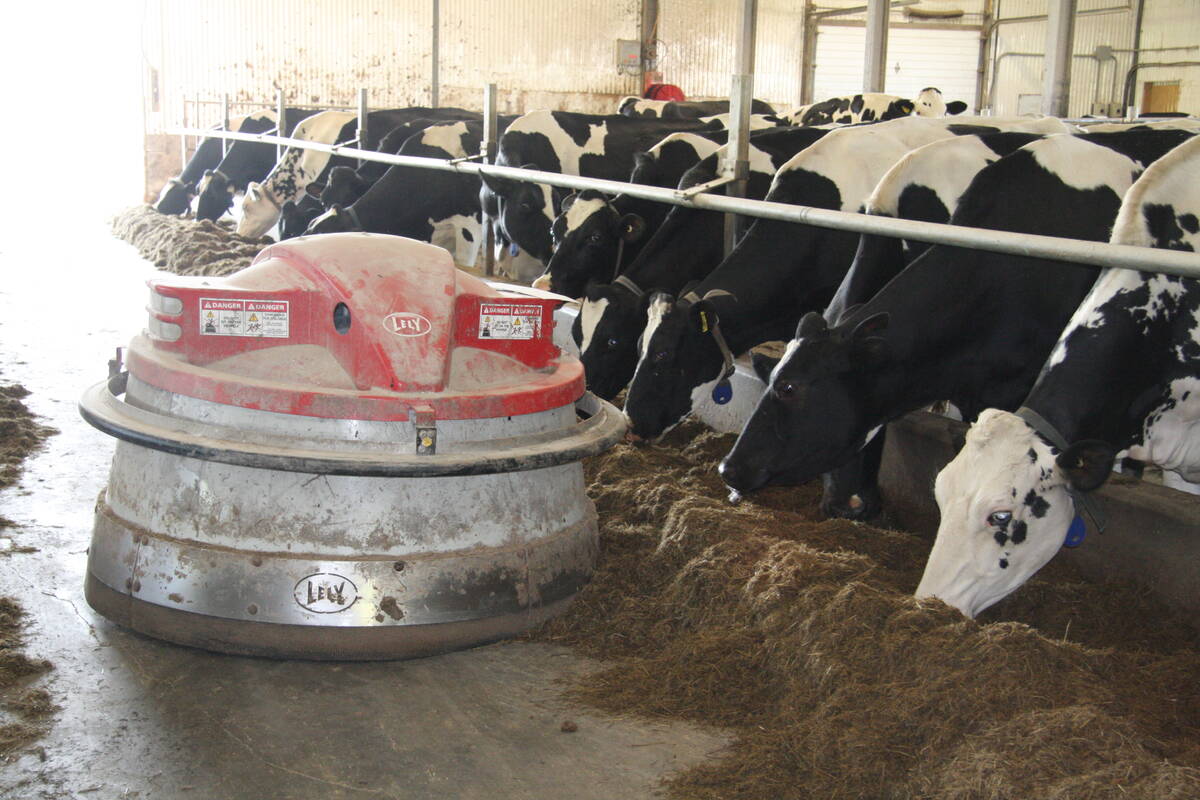
Partnerships, communication key to disease management
Communication and strong, trusted partnerships are key to managing infectious diseases like Foot and Mouth Disease and HPAI.
These infertility cases can be challenging to solve, primarily because the cause may have happened months earlier, in the early breeding season or even in months leading up to the breeding season.
The time lag between the cause and the diagnosis of infertility (usually at pregnancy checking time in the fall) can create significant challenges.
The first step when investigating an infertility issue is to quantify the number of open cows and look for patterns as to which groups of cows are open. In some situations, it may be a certain breeding field that has a much higher open rate, or perhaps an age group such as the heifers or second calvers.
In some cases, it might only be the cows that were in the community pasture or those that calved late last year, or perhaps there is a group with slightly poorer body condition.
These patterns can give valuable clues to help your veterinarian decide on next steps. Obviously, this requires good records and identification systems to look back and identify potential patterns.
The bulls are an important part of the breeding program and if a particular breeding field is affected, it makes sense to evaluate the bulls in that field again to ensure they are still fertile.
Having your veterinarian perform a soundness examination on breeding bulls before the breeding season can greatly reduce the likelihood of problems, but remember that stressors such as lameness can affect bulls during the breeding season and can have a significant negative impact on fertility rates in the middle of the season.
A breeding soundness exam only ensures that a bull is healthy and has normal semen production on the day of the examination. It isn’t a guarantee that he will successfully breed cows throughout the entire breeding period.
Bulls can be re-tested in the fall to rule out fertility issues caused by the male side of the equation. Several infectious diseases such as trichomoniasis and vibriosis (Campylobacter fetus venerealis) can cause infertility problems and are usually looked for in breeding bulls because they are extremely difficult to test for in cows.
Preputial scrapings from bulls can also be sent to the lab to determine if these diseases are present.
Nutritional issues in the cow herd can cause significant infertility problems and, in my experience, this is one of the most common causes of infertility problems.
However, it is difficult to confirm the diagnosis, largely because the nutritional issues may have been occurring five or six months earlier and may no longer evident. We can again look for patterns in terms of body condition in open cows versus pregnant cows or identify age cohorts that are more affected by infertility.
Blood samples or liver biopsies from affected cows to evaluate trace mineral deficiencies may be of value at this stage. Your veterinarian can help with a plan to evaluate trace mineral levels in your herd on a regular basis so that major deficiencies in copper or other trace minerals don’t adversely affect fertility.
If copper deficiency is diagnosed, we may have to sort out whether the deficiency is primary, caused by insufficient copper in the diet, or secondary and caused by another element such as sulphates or molybdenum that tie up copper.
Finally, your veterinarian can take samples from the cows to rule out some of the infectious causes of infertility. In a well vaccinated herd, we often don’t have to worry about infectious bovine rhinotracheitis virus or bovine viral diarrhea causing infertility, but if the cows haven’t been vaccinated, we can look at serum levels for antibodies to see if they have recently been exposed to these viruses.
Similarly, we can take blood samples to evaluate for other antibodies to bacteria and parasites that can cause infertility such as leptospirosis and neospora caninum.
Vaginal swabs might help to evaluate the potential of ureaplasma infections. The challenge with many of these pathogens is that some animals may have been exposed to these bugs in the past, and although there are antibodies present, it doesn’t necessarily mean the current fertility problem is due to these pathogens.
Hopefully your pregnancy checking has gone smoothly this year and there have been no infertility issues to solve. Having a good herd health and nutritional program can greatly diminish the probability of higher than normal open rates.
If you did have many open cows this fall, work with your veterinarian to investigate the problem. Reproductive efficiency is one of the most important economic indicators of profitability and solving these issues is critically important.
John Campbell is a professor in the department of Large Animal Clinical Sciences at the University of Saskatchewan’s Western College of Veterinary Medicine.



